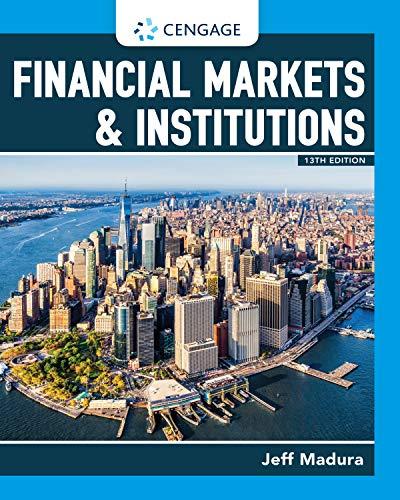Answered step by step
Verified Expert Solution
Question
1 Approved Answer
The unlevered firm, Stark Industries, has recently announced to its shareholders that it will be converting its capital structure to having debt worth A% of
 The unlevered firm, Stark Industries, has recently announced to its shareholders that it will be converting its capital structure to having debt worth A\% of equity. The firm currently has B shares outstanding, selling for $C in the market. The firm's cost of debt is D%, and the expected EBIT for the foreseeable future is $E. Suppose you own F shares in Stark Industries, and expect annual dividends with no plowback. What is the difference in cash flows you will be receiving before and after the change in capital structure? You aren't happy with the shift in capital structure, but you do not own enough equity to have a say about it. However, you can at least unlever the stocks you own. Given your local bank offers a G\% return on deposits, how many shares do you retain to unlever your stocks? What is your total yearly cash flow with this strategy? \begin{tabular}{lr} A & 50% \\ B & 6000 \\ C & 75 \\ D & 8% \\ E & 45000 \\ F & 100 \\ G & 8% \end{tabular} The unlevered firm, Stark Industries, has recently announced to its shareholders that it will be converting its capital structure to having debt worth A\% of equity. The firm currently has B shares outstanding, selling for $C in the market. The firm's cost of debt is D%, and the expected EBIT for the foreseeable future is $E. Suppose you own F shares in Stark Industries, and expect annual dividends with no plowback. What is the difference in cash flows you will be receiving before and after the change in capital structure? You aren't happy with the shift in capital structure, but you do not own enough equity to have a say about it. However, you can at least unlever the stocks you own. Given your local bank offers a G\% return on deposits, how many shares do you retain to unlever your stocks? What is your total yearly cash flow with this strategy? \begin{tabular}{lr} A & 50% \\ B & 6000 \\ C & 75 \\ D & 8% \\ E & 45000 \\ F & 100 \\ G & 8% \end{tabular}
The unlevered firm, Stark Industries, has recently announced to its shareholders that it will be converting its capital structure to having debt worth A\% of equity. The firm currently has B shares outstanding, selling for $C in the market. The firm's cost of debt is D%, and the expected EBIT for the foreseeable future is $E. Suppose you own F shares in Stark Industries, and expect annual dividends with no plowback. What is the difference in cash flows you will be receiving before and after the change in capital structure? You aren't happy with the shift in capital structure, but you do not own enough equity to have a say about it. However, you can at least unlever the stocks you own. Given your local bank offers a G\% return on deposits, how many shares do you retain to unlever your stocks? What is your total yearly cash flow with this strategy? \begin{tabular}{lr} A & 50% \\ B & 6000 \\ C & 75 \\ D & 8% \\ E & 45000 \\ F & 100 \\ G & 8% \end{tabular} The unlevered firm, Stark Industries, has recently announced to its shareholders that it will be converting its capital structure to having debt worth A\% of equity. The firm currently has B shares outstanding, selling for $C in the market. The firm's cost of debt is D%, and the expected EBIT for the foreseeable future is $E. Suppose you own F shares in Stark Industries, and expect annual dividends with no plowback. What is the difference in cash flows you will be receiving before and after the change in capital structure? You aren't happy with the shift in capital structure, but you do not own enough equity to have a say about it. However, you can at least unlever the stocks you own. Given your local bank offers a G\% return on deposits, how many shares do you retain to unlever your stocks? What is your total yearly cash flow with this strategy? \begin{tabular}{lr} A & 50% \\ B & 6000 \\ C & 75 \\ D & 8% \\ E & 45000 \\ F & 100 \\ G & 8% \end{tabular} Step by Step Solution
There are 3 Steps involved in it
Step: 1

Get Instant Access to Expert-Tailored Solutions
See step-by-step solutions with expert insights and AI powered tools for academic success
Step: 2

Step: 3

Ace Your Homework with AI
Get the answers you need in no time with our AI-driven, step-by-step assistance
Get Started


